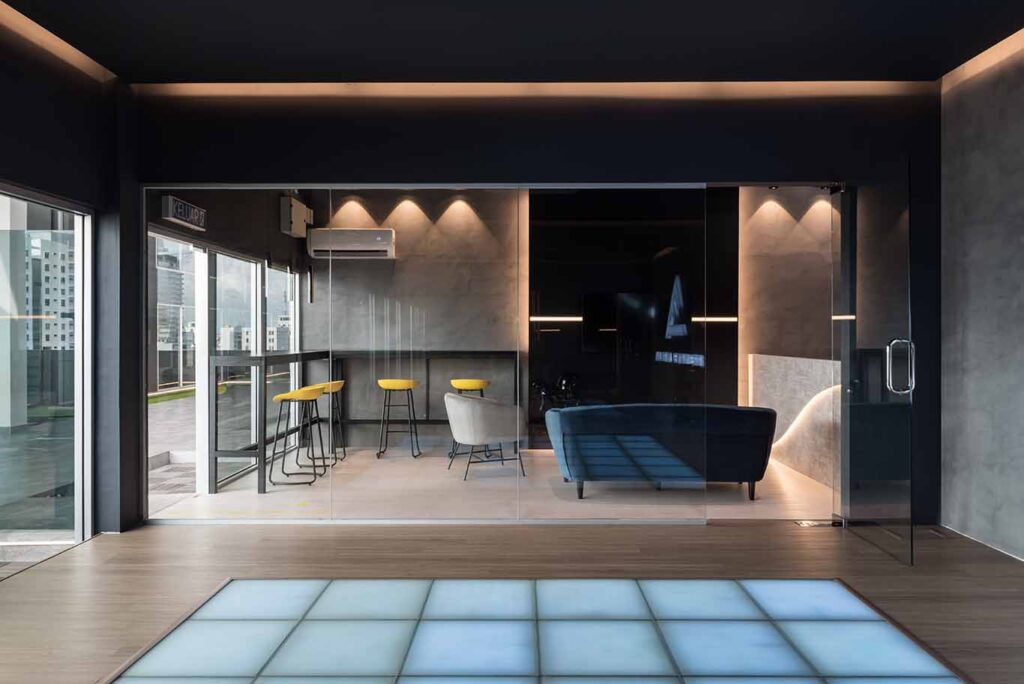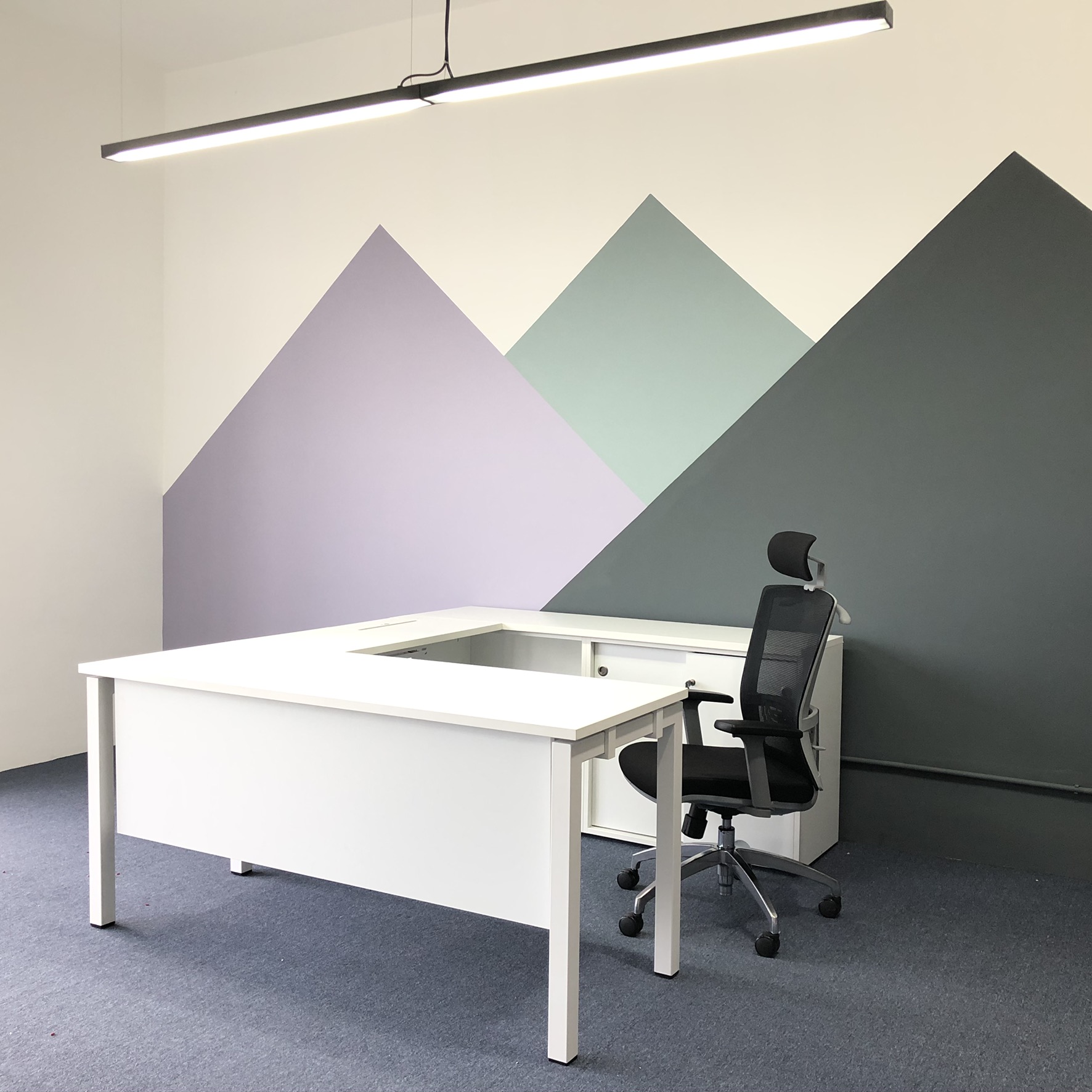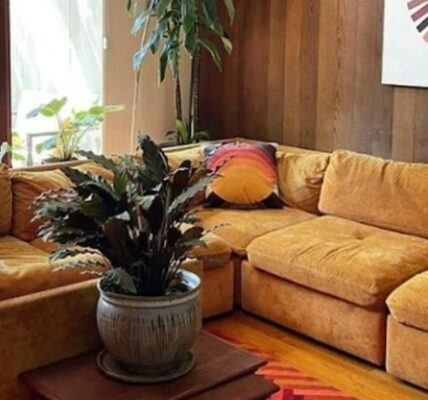It is an art that brings life to the places we live. Interior designers are able to turn blank canvas into beautiful works of art that blend functionality and aesthetics. Interior designers are crucial to the atmosphere and ambiance of any space, whether it is a homey one, an office with a lot of luxury, or even a stylish cafe. The multifaceted world interior design is explored in this article. It explores creative processes, design decisions, and key characteristics that make an interior designer exceptional.
The creative vision of an interior designer is at the core of their work. The designer must be able to visualize the final result of each project, which begins as a blank canvas. It requires an eye for details, an appreciation of aesthetics and the ability to comprehend the desires and lifestyles of clients. The best designers are able to infuse personality into a room, selecting elements that complement architecture and reflect the unique tastes and preferences of the clients. Color palettes, lighting, and textures are used to create an emotional symphony for the residents.
Interior design is all about artistic expression, but striking a balance between function and form is just as important. Designing for aesthetics without considering functionality is a recipe for failure. Interior designers who are skilled know how to maximize space and make it functional, efficient and welcoming. The designers take into account traffic flow and ergonomics, as well as the client’s specific requirements, to make sure that their design is not just beautiful but serves the intended purpose.

Interior design companies can use texture to create a powerful, yet subtle effect. Texture can turn a dull, flat space into an immersive tactile experience that appeals to multiple senses. Textures add interest and depth to any room, whether they are smooth marble counters, plush velvet sofas, rough brick walls, or soft natural fiber rugs. It is the art of combining textures that creates a welcoming and cohesive space. This encourages visitors to feel and touch their environment.
Lighting plays an important role in creating the mood and ambience of interior spaces. This is often overlooked. Different lighting techniques are used by interior designers to add drama, emphasize focal points and change the way people perceive space. The use of natural light can bring warmth, vitality and depth to a room. Well-placed artificial lights add depth and highlight the key design elements. Lighting can enhance the experience in a space and be tailored to different activities.
Trends are a part of interior design. Interior designers are not only influenced by trends, but also incorporate modern elements in a timeless design. Combining classic design principles with contemporary sensibilities will ensure that an area remains visually pleasing and relevant for many years. Great designers are distinguished by their ability to balance the modern and timeless, creating projects with lasting appeal.


